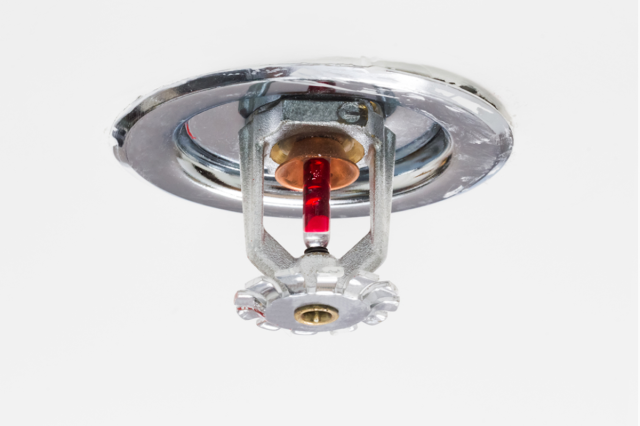Computers and software are only a small part of firefighting technology. Firefighting technology improves safety and effectiveness for firefighters by working together in all aspects of the job, from Personal Protective Equipment to fire pumps to radio communications systems. Traditionalism is highly valued in the field of firefighting. Departments may be slow to adopt new firefighter equipment at times.
However, this resistance cannot be justified in many respects. Firefighting technology might be costly and difficult to implement, especially if it requires modifications to training and operations protocols.
Firefighters and fire watch guards have long used technology to help them complete their duties. Technology is playing an important part in the fire service today. It aids fire watch guards in remaining safe and efficient while fighting fires by allowing them to do so from anywhere on Earth with a computer or smartphone. Here are some examples of how technology is employed in the firefighting profession:
Thermal Imaging Cameras
Contents
Firefighters use thermal imaging cameras to locate fires. These cameras create a thermal image of the area, which helps firefighters see through smoke and darkness. These cameras can also help firefighters find people who are trapped in a burning building. They were first used by the military in the 1970s, and they have been used in the fire service since the 1990s.
Firefighter Tracking Systems
Firefighter tracking systems help firefighters keep track of their team members. These systems use GPS signals to track the location of each firefighter. This helps firefighters stay safe and know where everyone is during a fire. Firefighter tracking systems have been used in the fire service since the early 2000s.
Remote Controlled Robots
Remote-controlled robots are used to help firefighters fight fires. These robots are equipped with cameras, water cannons, and other tools that can be used to extinguish fires. They also have sensors that can detect heat and gas leaks. Remote-controlled robots were first used by the military in the 1990s, and they have been used in the fire service since the early 2000s.
Drones
Drones are used by firefighters to help them assess a fire scene. Drones can be used to take pictures and videos of a fire scene. This helps firefighters get a better idea of the situation and plan their response. Drones have been used in the fire service since the early 2010s.
Smart Jackets
Smart jackets are used by firefighters to help them stay safe. These jackets are equipped with sensors that can detect things like heat, gas leaks, and radiation. They also have a GPS system that can track the location of the firefighter. Smart jackets have been used in the fire service since the early 2010s.
Mobile Technology
Firefighters use mobile technology to help them communicate with each other. This technology includes things like smartphones, tablets, and laptops. Mobile technology helps firefighters stay in touch with each other during a fire. It also helps them access information about the fire scene. Mobile technology has been used in the fire service since the early 2000s.
Conclusion
There are many other examples of technology that is used in the fire service. These are just a few of the most important technologies. Technology has come a long way in the past few years, and it continues to play a vital role in the fire service. It helps firefighters stay safe and efficient while fighting fires. This is why it is so important for firefighters to keep up with the latest trends in technology.
Technology is constantly changing, and the fire service is constantly adapting to new technologies. In the future, we may see even more advanced technologies being used in the fire


